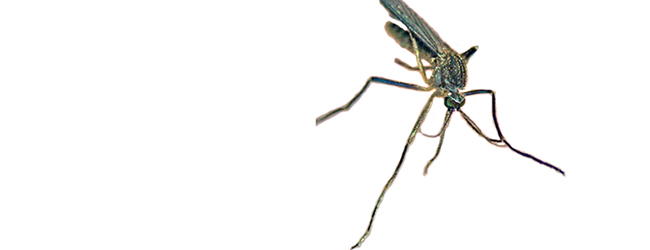U.S. cases of rare, often fatal EEE soar in people and animals
 2 Oktober 2019
2 Oktober 2019
Usually there are only seven human cases of Eastern Equine Encephalitis (EEE) reported in the United States each year. The virus is a rare cause of brain infections almost always found in eastern parts of the U.S. or along the Gulf Coast, according to the U.S. Centers for Disease Control and Prevention (CDC).
Yet not this year and that’s serious for Midwestern states like Michigan and Indiana, where EEE has proved deadly for both animals and people. The virus, spread by mosquito bite, is fatal in humans about 30 percent of the time but often leaves lasting deficits – including severe brain damage – even in those who survive EEE. There is no vaccine and there is no cure, so people are warned to use repellent and not be out at dusk, and clean up their properties from standing water and other mosquito-friendly habitat conditions.
All told, there are at least 28 confirmed cases and nine people dead in what’s been called the worst U.S. outbreak in decades. There’s no immediate end in sight. In Michigan, home to three of the fatalities, the trapped mosquitoes in the hard-hit southwestern part of the state were still testing positive last week. In two adjacent Indiana counties, it’s nearly a dozen horses that have died. Human cases are under investigation there, and both locations have launched controversial aerial mosquito control campaigns.
The concerns are everywhere. With hunting season on the way, state officials warn that deer can get EEE. So, apparently, did two Mexican wolf pups at a Michigan zoo, above, where any visitors are urged to take precautions before visiting. The Binder Park Zoo said EEE is rare but documented in domestic dog pups, and it mourned the loss of pups in an endangered wolf it’s trying to help save.
Student football games and other outdoor activities are postponed or rescheduled during daylight hours. One school official said the seasonal first frost can’t arrive soon enough; in that part of the U.S., frost should normally come in the next two to three weeks, and the arrival of winter means an end to most mosquito lives.
Yet as October began in a heat wave and the affected counties held more press conferences, regional temperatures pushed to 32C with high-temperature records threatened or falling – and no autumn frost in sight.
To be clear, there is no known direct relationship between the Midwest EEE outbreak and climate change, but for vector-borne illness like EEE, U.S. scientists have cause for concern over indirect changes like longer summers or heavier rainfall. They can create thriving environments for mosquitoes and other insects to do their damage.
The U.S. Fourth National Climate Assessment released last year is one of many evidence-based reports to suggest that a warmer and wetter world may increase the public health risks for illnesses like EEE. “Climate change is expected to alter the geographic range, seasonal distribution, and abundance of disease vectors,” the report says.
Increased temperatures, coupled with more frequent and intense extreme rainfall, create conditions that “favor the movement of vector-borne diseases into new geographic regions.” Not only may the mosquitoes spread farther or live longer seasons, but so might the EEE virus itself adapt to climate.
“Changing weather patterns interact with other factors, including how pathogens adapt and change, changing ecosystems and land use, demographics, human behavior, and the status of public health infrastructure and management,” the report scientists said.
The arrival of winter to this part of the world may bring respite as the mosquitoes die off – and EEE infections with them – but the current outbreak serves as a reminder of the additional health challenges that climate change may present to the planet, and the urgency needed to address it.

The post U.S. cases of rare, often fatal EEE soar in people and animals appeared first on Sustainability Times.
